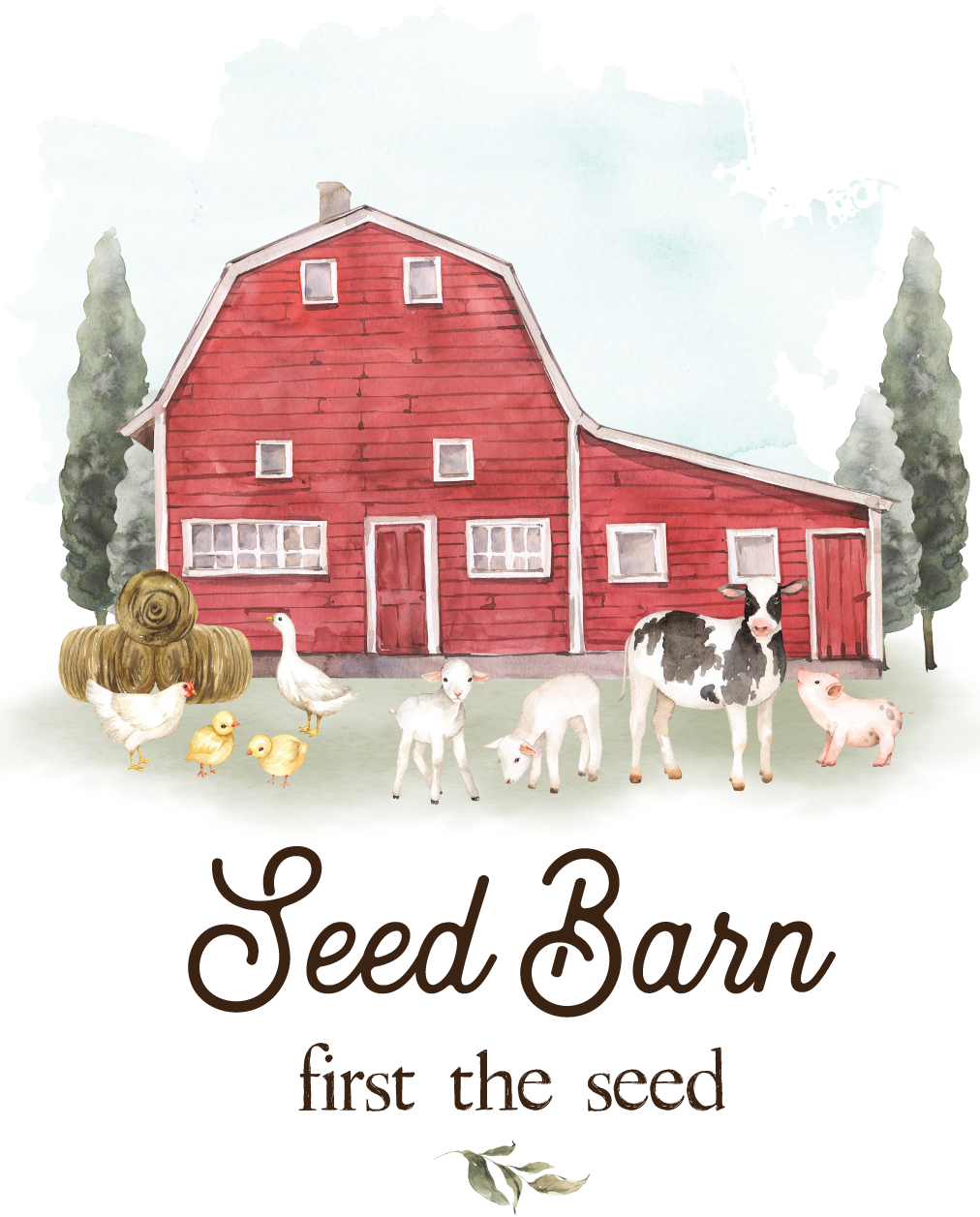Penn A-1 Bentgrass ( Agrostis palustris )
Seeding rate of 1.5 Lbs per - 1,000 Sq.ft.
Penn A-1 performs well under a wide
range of climatic conditions. It spreads by stolons and tillers and
exhibits very dense, upright growth. Penn
A-1 has very fine leaf texture due to the dense tillering, and it
exhibits moderately aggressive growth and excellent recuperative
capacity.
Penn
A-1 performs well under a wide range of climatic conditions. It spreads
by stolons and tillers and exhibits very dense, upright growth. Penn
A-1 has very fine leaf texture due to the dense tillering, and it
exhibits moderately aggressive growth and excellent recuperative
capacity
Performance Characteristics / Adaptations
- Widely adapted for use across cool, temperate regions and throughout transition zones of North America, Europe and Asia
- Superior overall quality performance across the United States
- Greater disease tolerance, especially to dollar spot and brown patch
- Superior cold tolerance
- Excellent heat tolerance; maintains growth during warm summer months
- Deep, green color
- Good spring green-up and holds color late into fall
- Performs well in full sun to moderate shade
- Provides a grainless putting green surface even at mowing heights less than or equal to 0.16"
- Tolerates heavy traffic and wear; not prone to tufting, spiking or thinning
Establishment
- Recommended seeding rate of 1.0 to 1.5 lbs / 1,000 sq ft
- Would recommend Apron treated seed
for summer seeding or an application of a granular pythium control be
applied at the time of seeding
- Seed will germinate best when soil temperature is above 65 F (18 C)
- Irrigate lightly and frequently
until seedlings are established; avoid excess watering, or puddling, to
prevent washing/collecting in low areas
- First mowing can take place in about 14 days or when seedlings reach a height of 0.375" (6.5 mm)
- First cutting should be at 0.25"
(6.4 mm), then 0.1875" inch (4.8 mm) at 21 days and then gradually
reduced to 0.125" (3.2 mm) as the green reaches maturity (3045 days)
- A preventative fungicide program is recommended during establishment to prevent disease damage to lush young seedlings
Maintenance
- Germinates in 5 to 8 days
- Withstands pH range of 5.5 to 8.0; prefers well drained soils
- Keep fertilizer applications light and frequent throughout growing season
- Once established, fungicides should
be applied as needed; applications for pythium, dollar spot, brown
patch, and snow mold may be necessary
- The use of 0.25" (6.4mm) tines is recommended for aerification
- Frequent, light topdressing with brushing and grooming will sustain a high quality putting surface
- Check irrigation water and soil pH for salinity levels as well as nutrient imbalances
- Consistent performance with different soil types such as native soils, California and USGA sand greens
Interseeding / Overseeding
- Interseed Penn A-1 seed into an
existing green to convert the putting surface to the newer variety over a
period of time; greens remain in play during the conversion
- For best results; interseed light
& frequently after aerification and/or verticutting at 0.1 to 0.25
lb / 1,000 sq ft (45 to 115 g/m)
- A light application of a growth regulator will enhance the conversion by suppressing the growth of the existing plant material
- Greens may be forced into dormancy with chemicals, grooming and close mowing
- Winter overseeding of bermudagrass greens: 1 lb / 1,000 sq ft (50 kg/ha)
Note: Optimum seeding dates for
new construction generally is between August 1 and September 15. For each
day that seeding is delayed
beyond the 25th of September, one weeks growing time may be lost in northern temperate regions.
